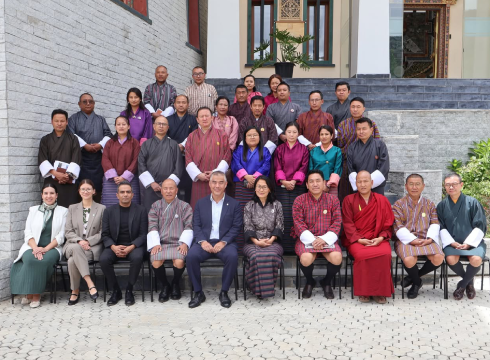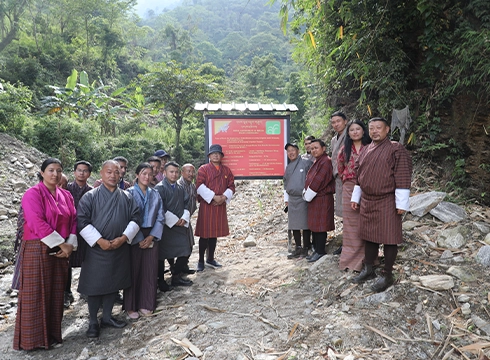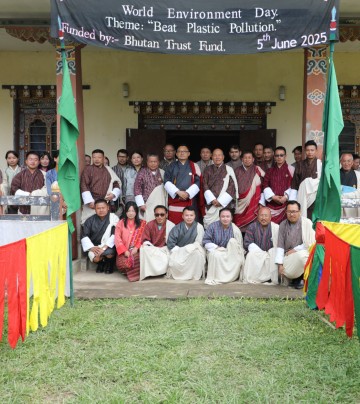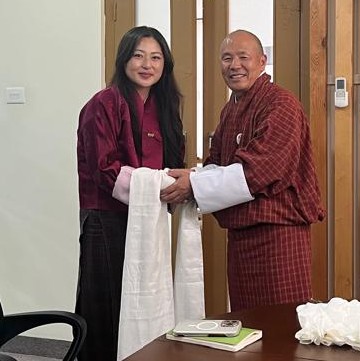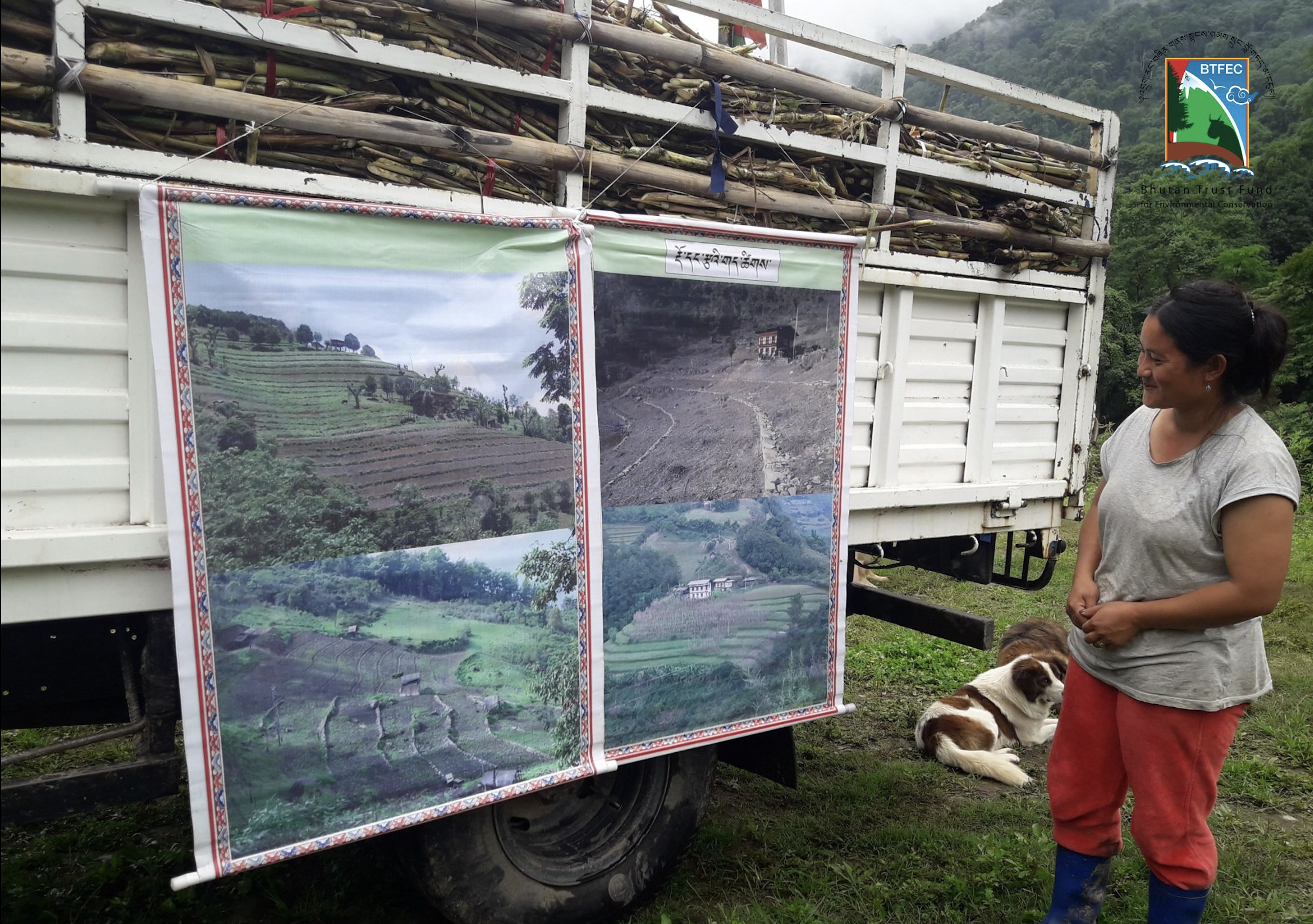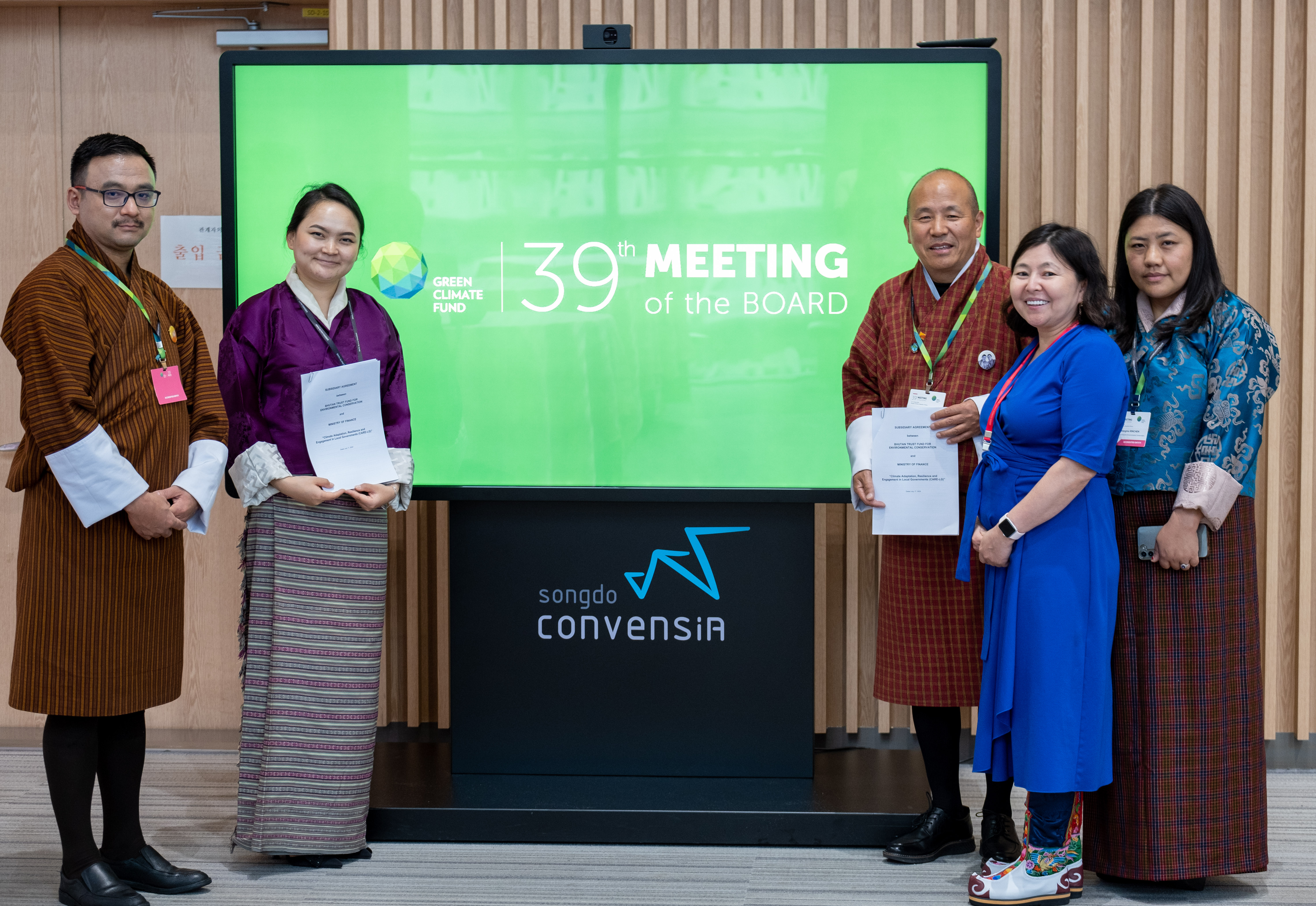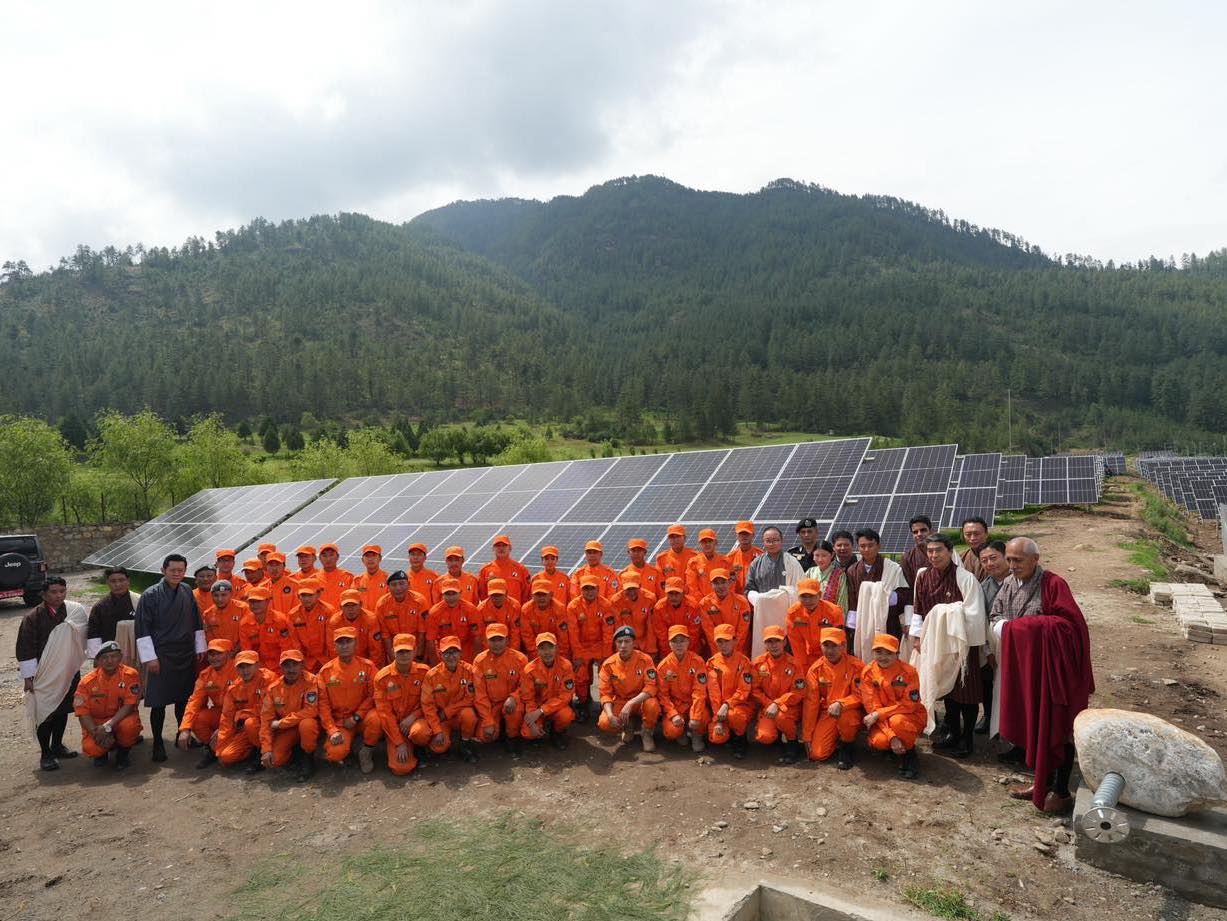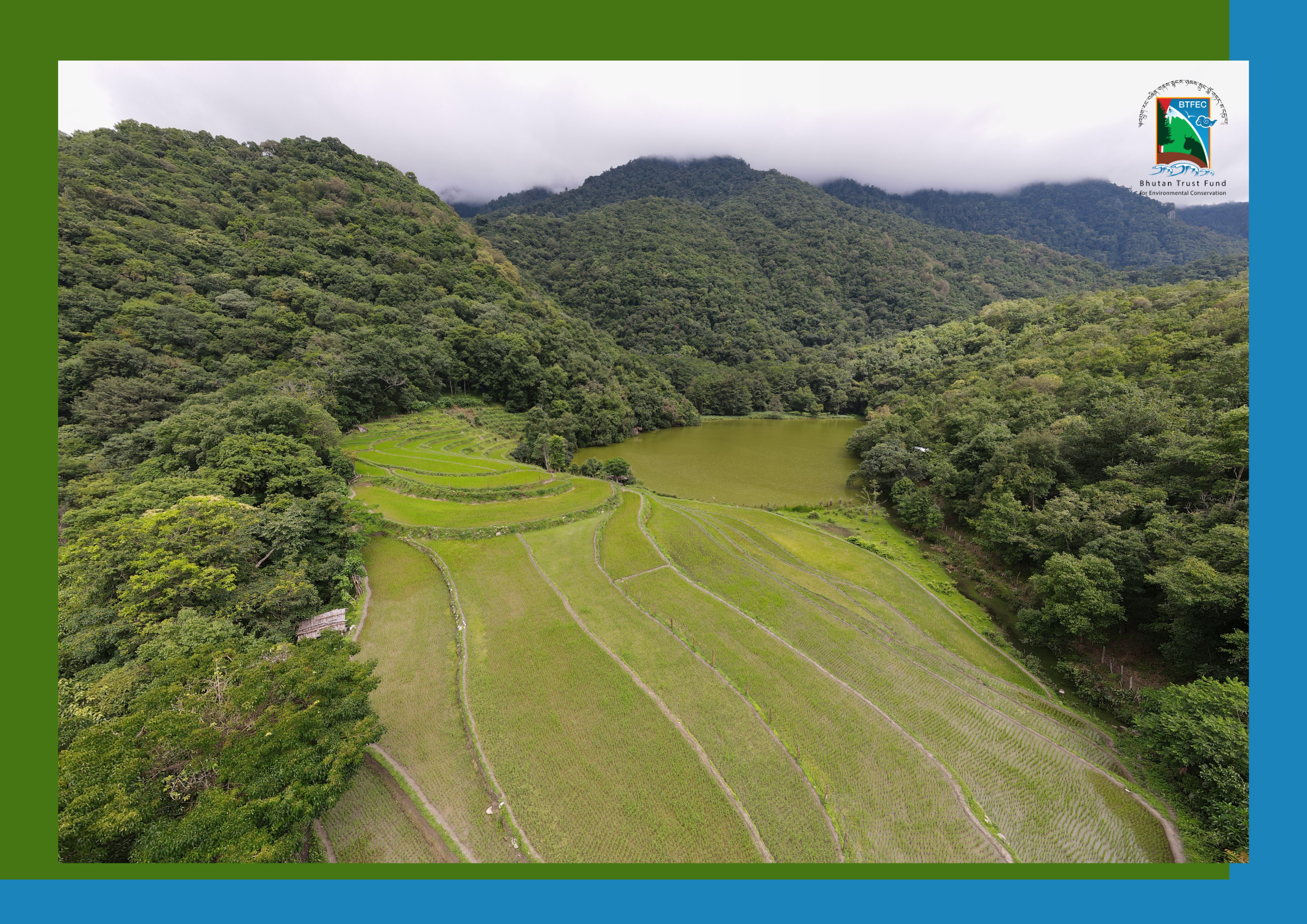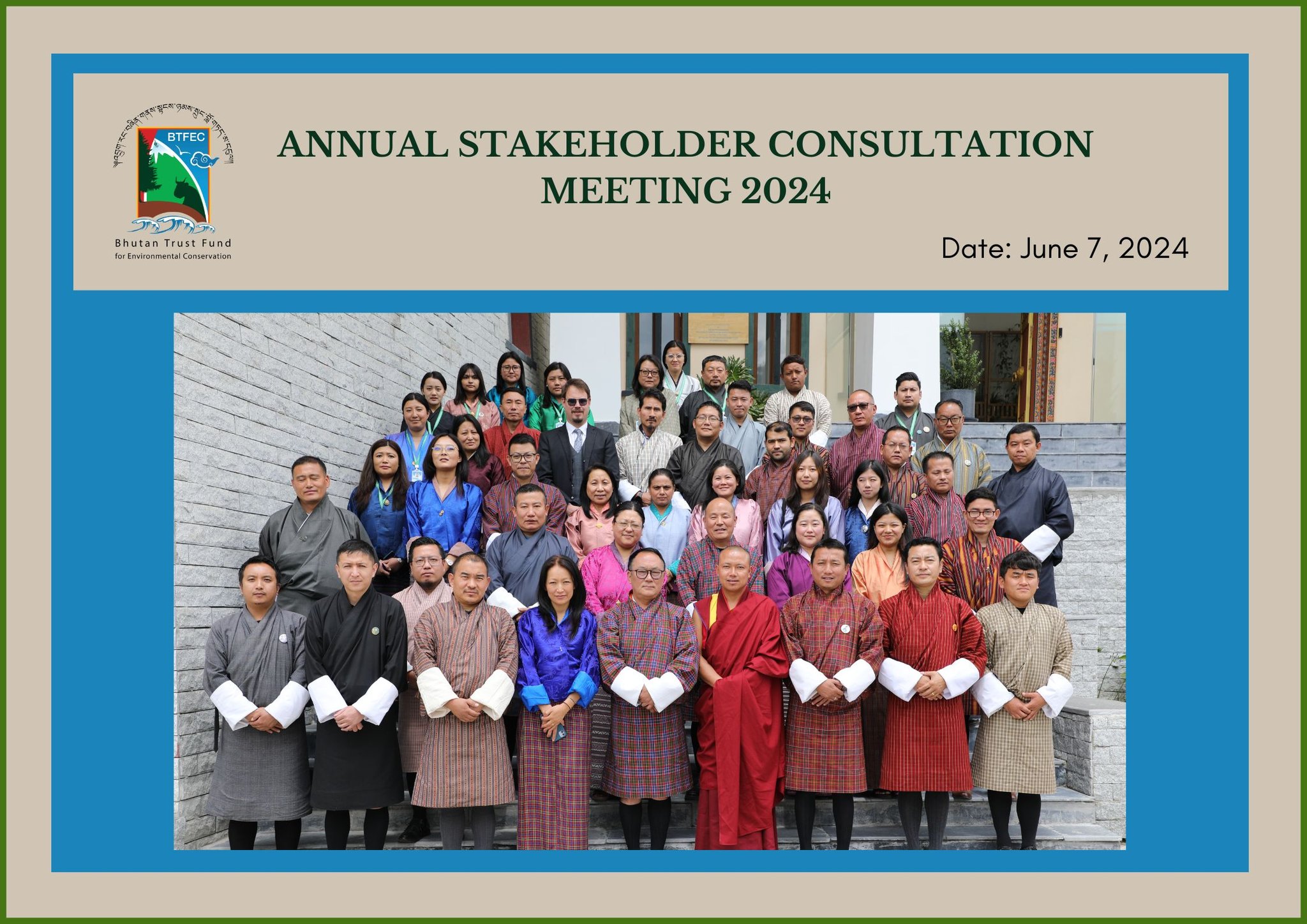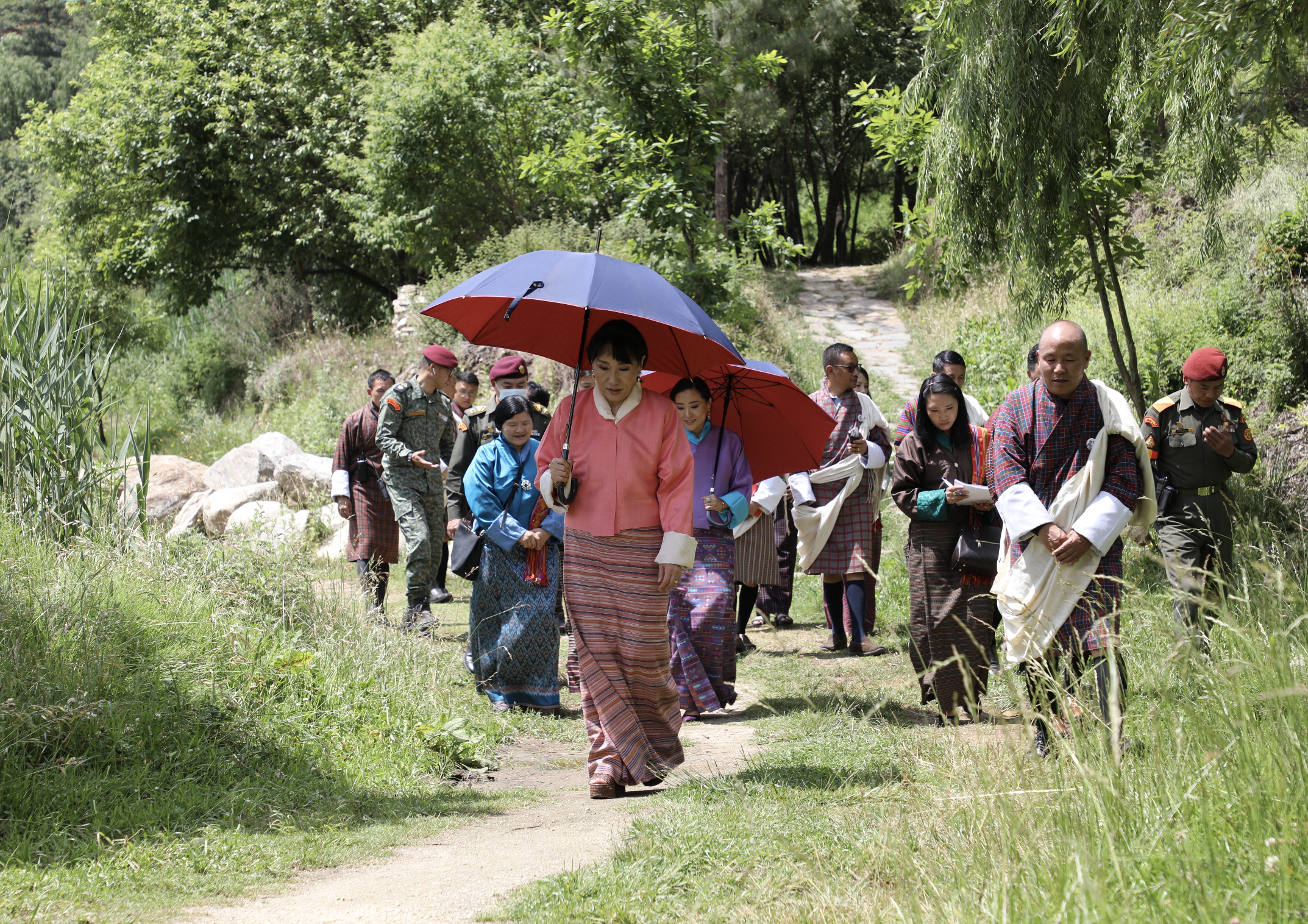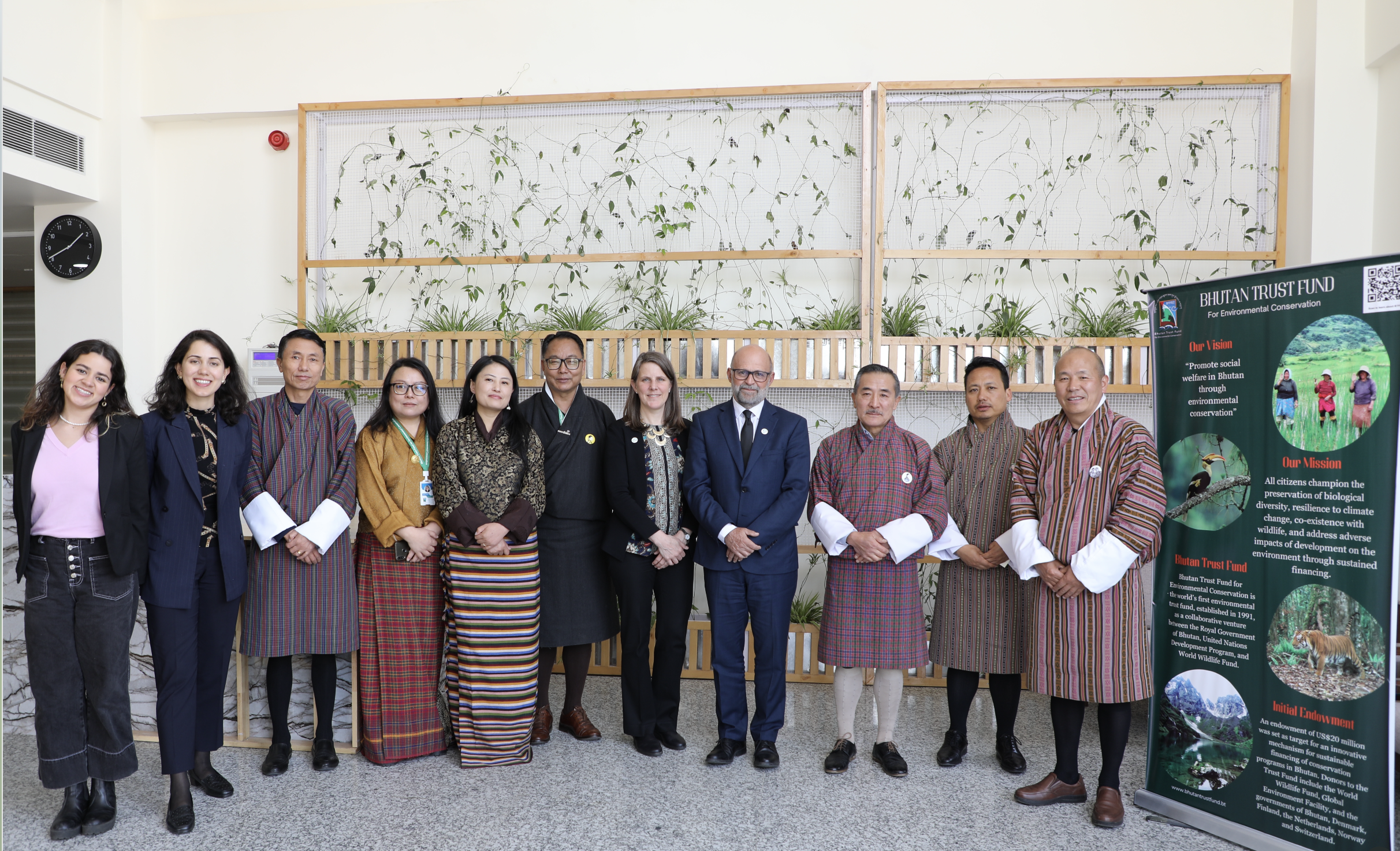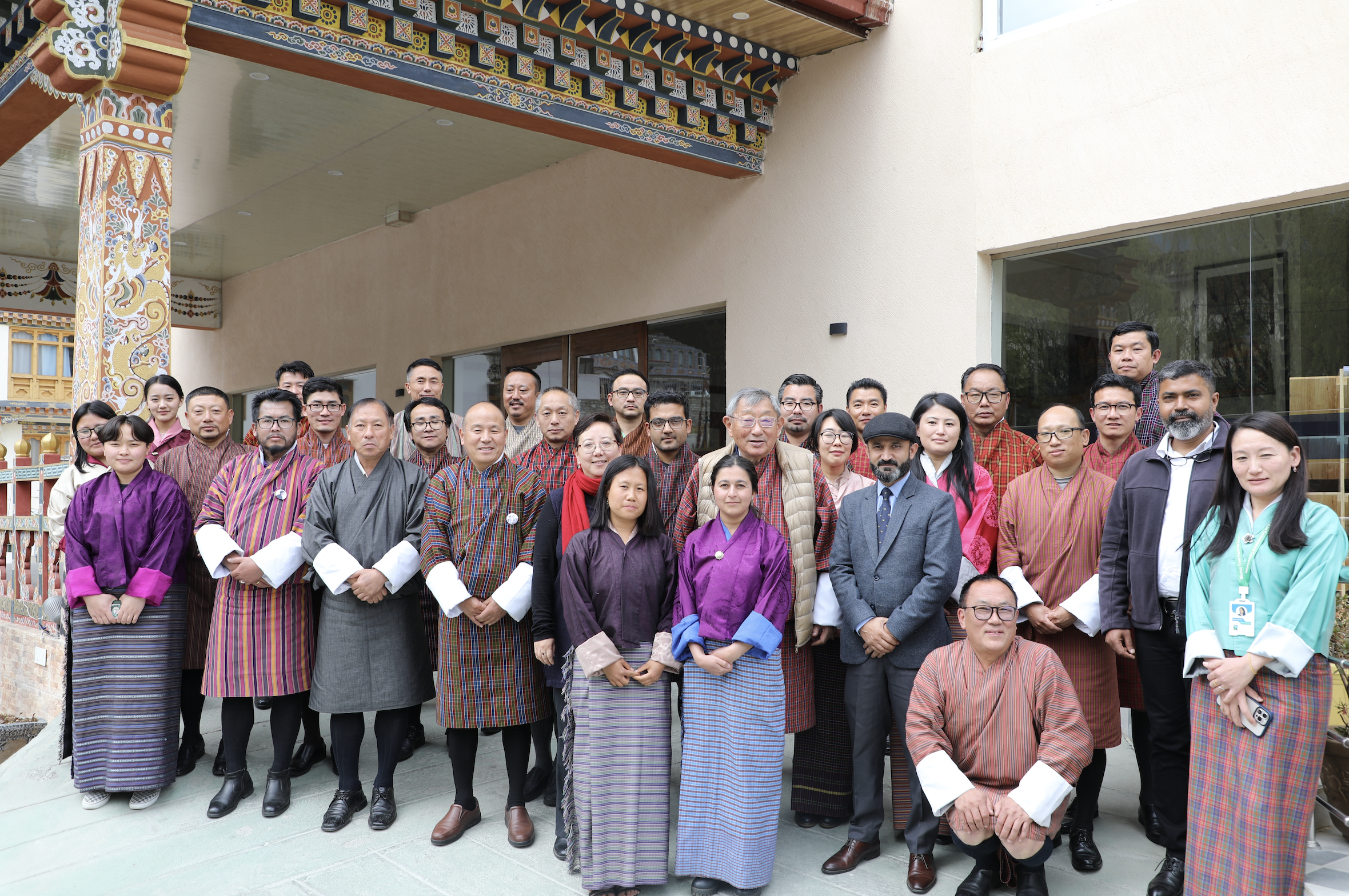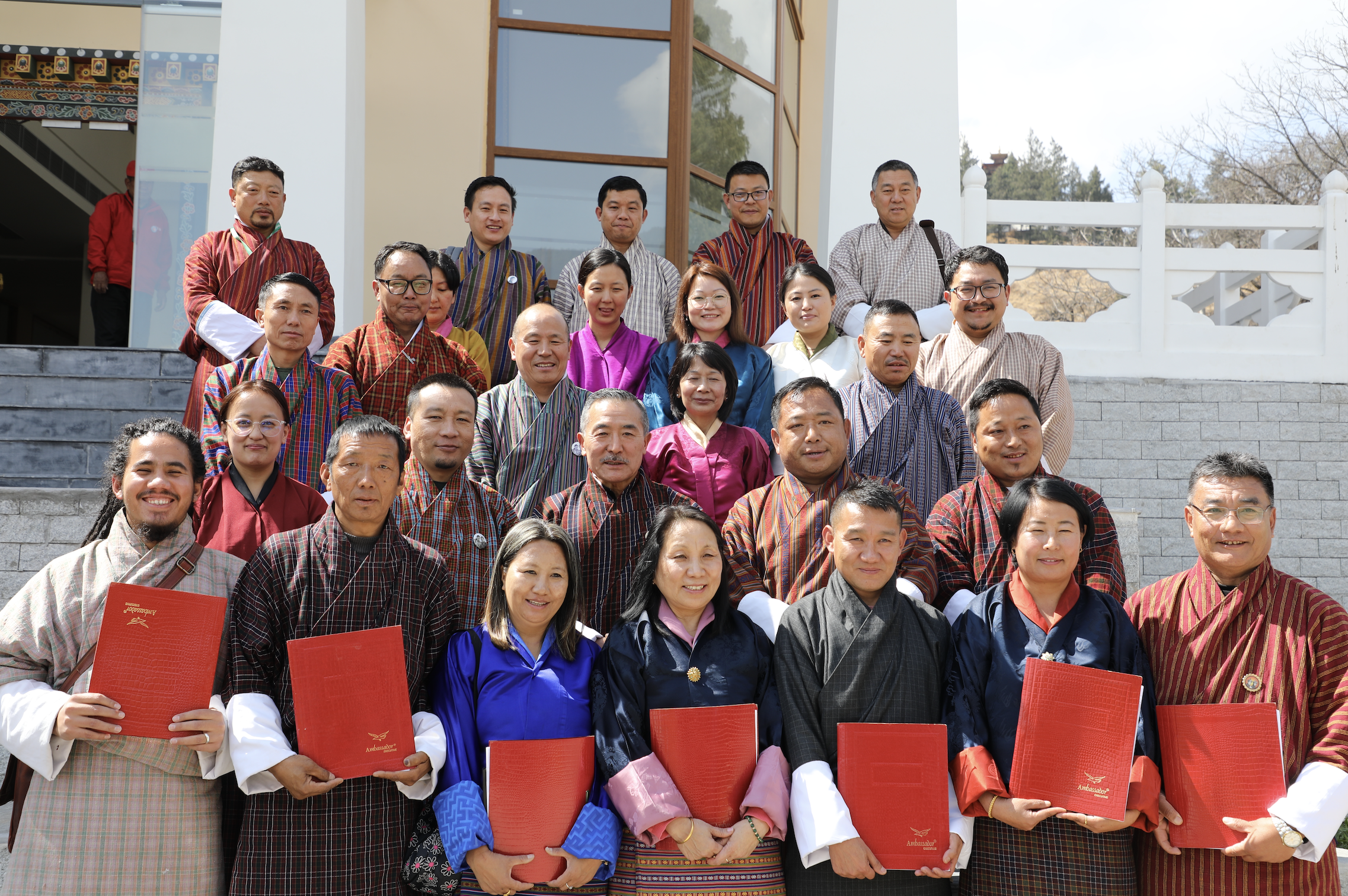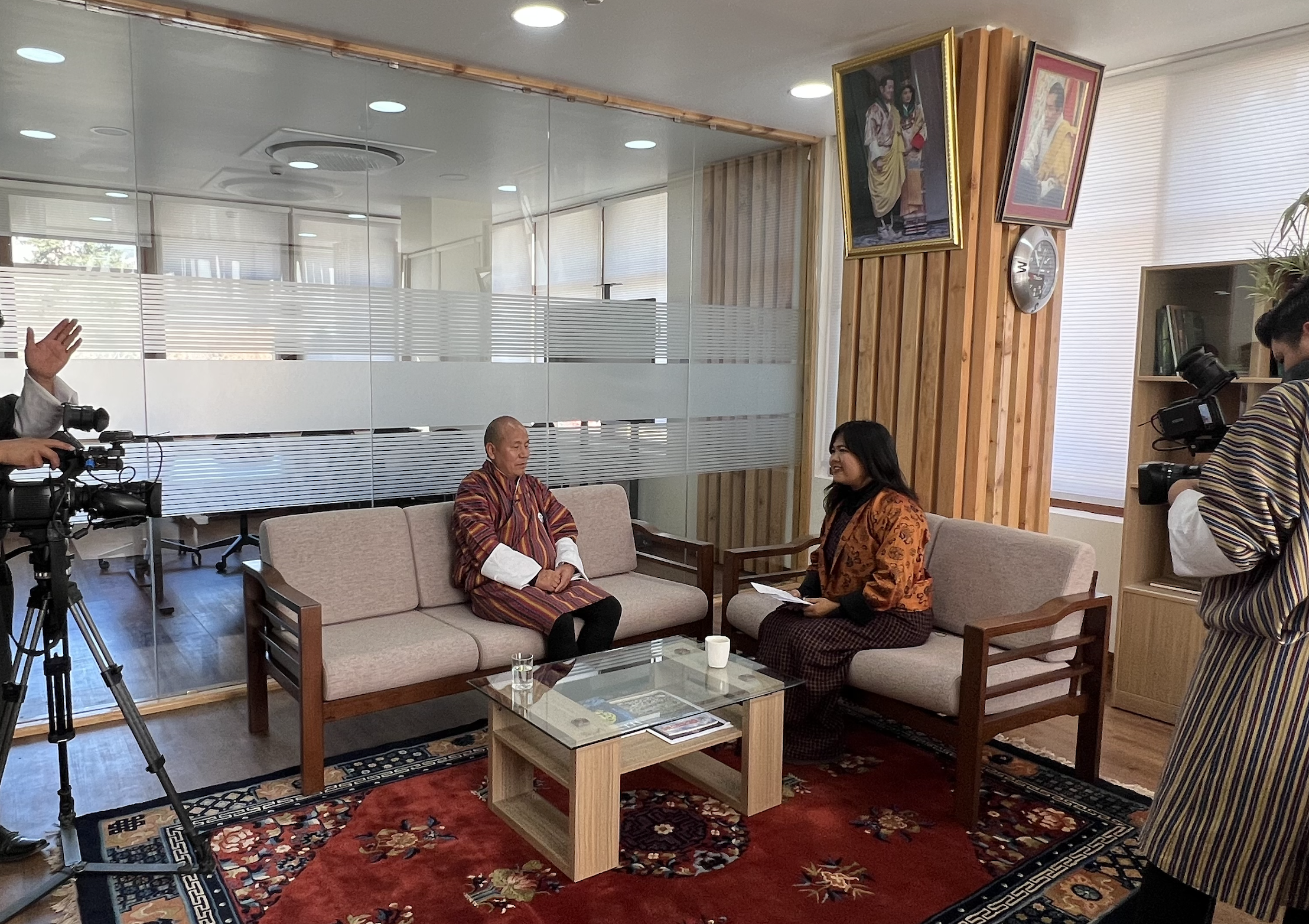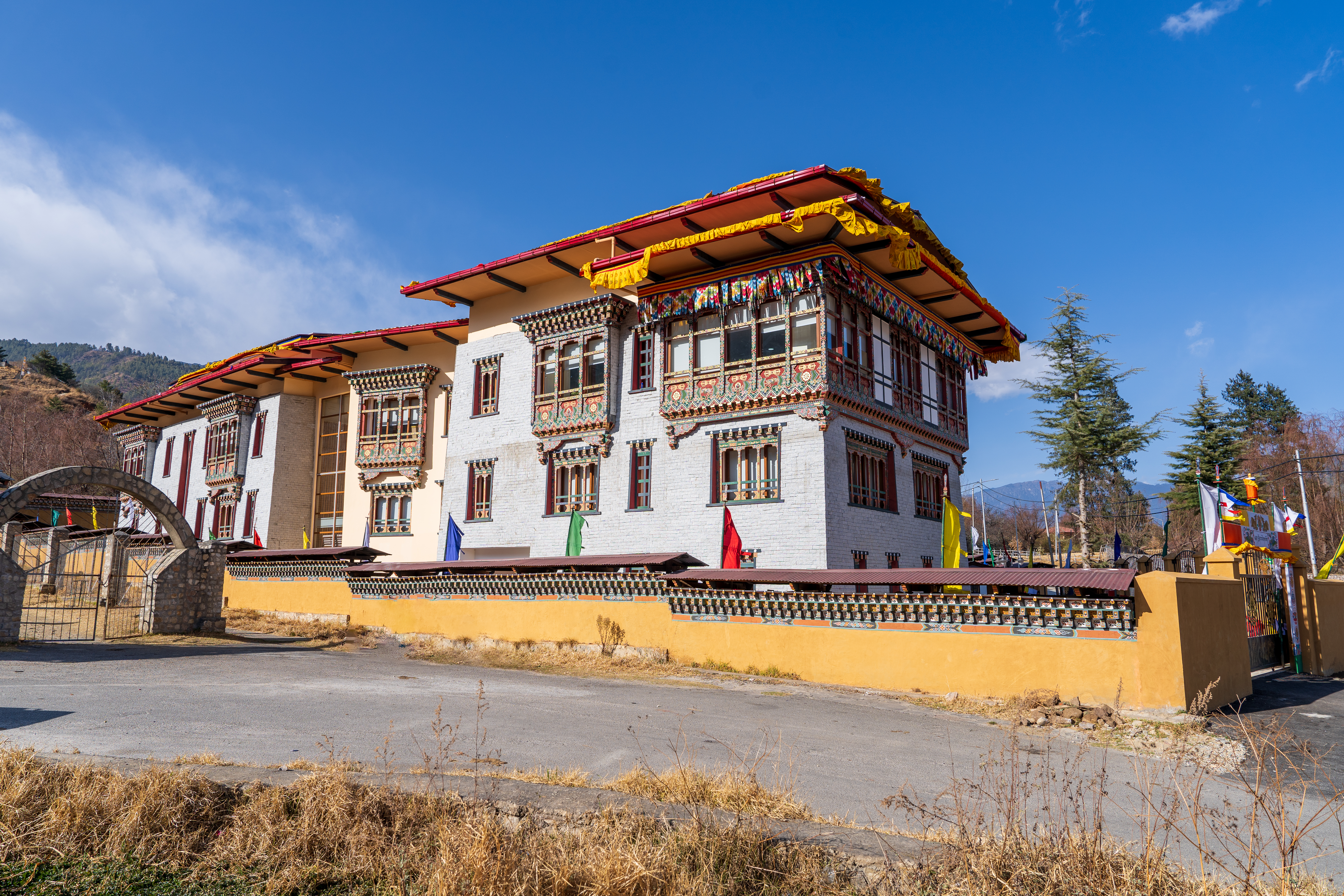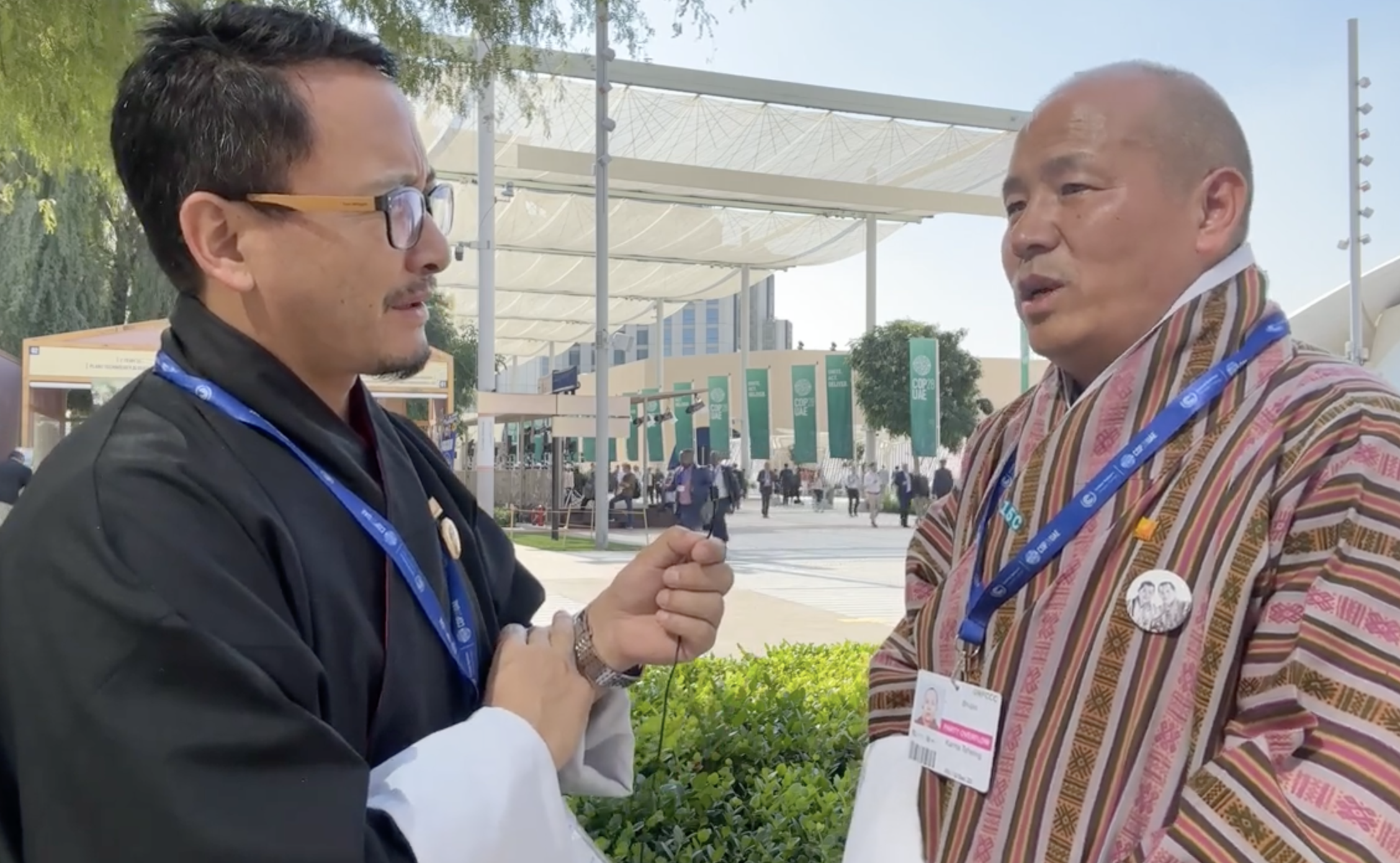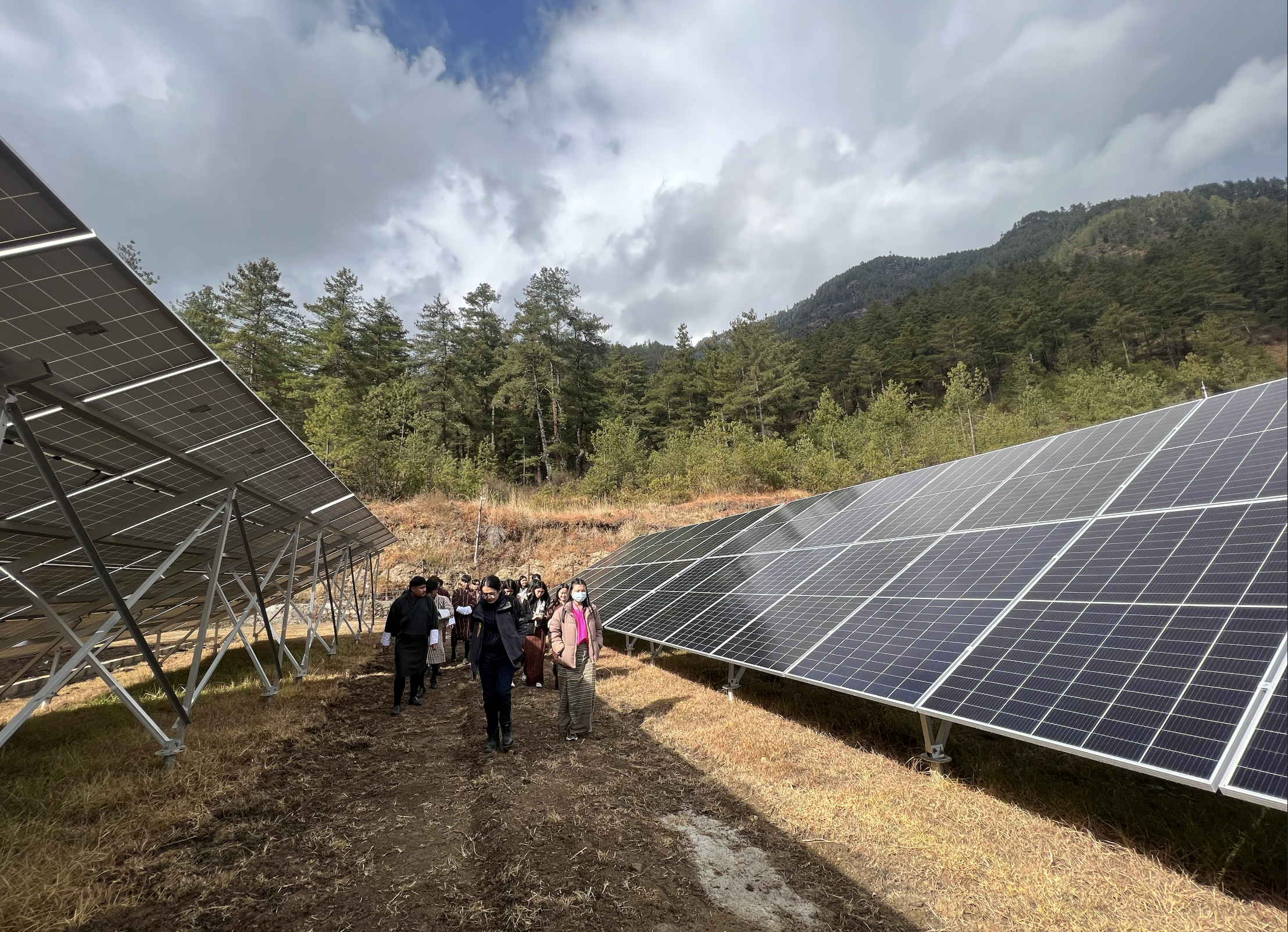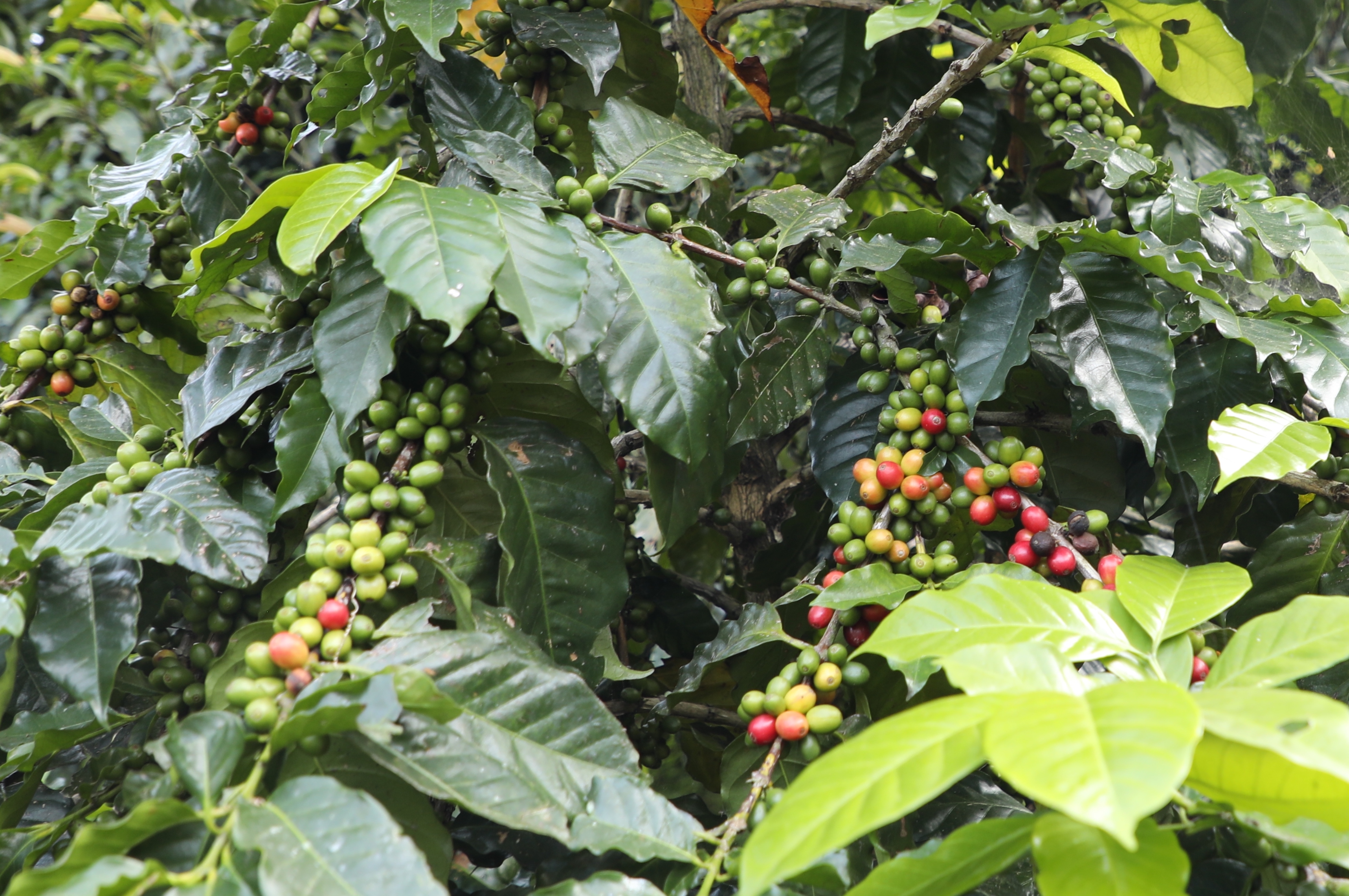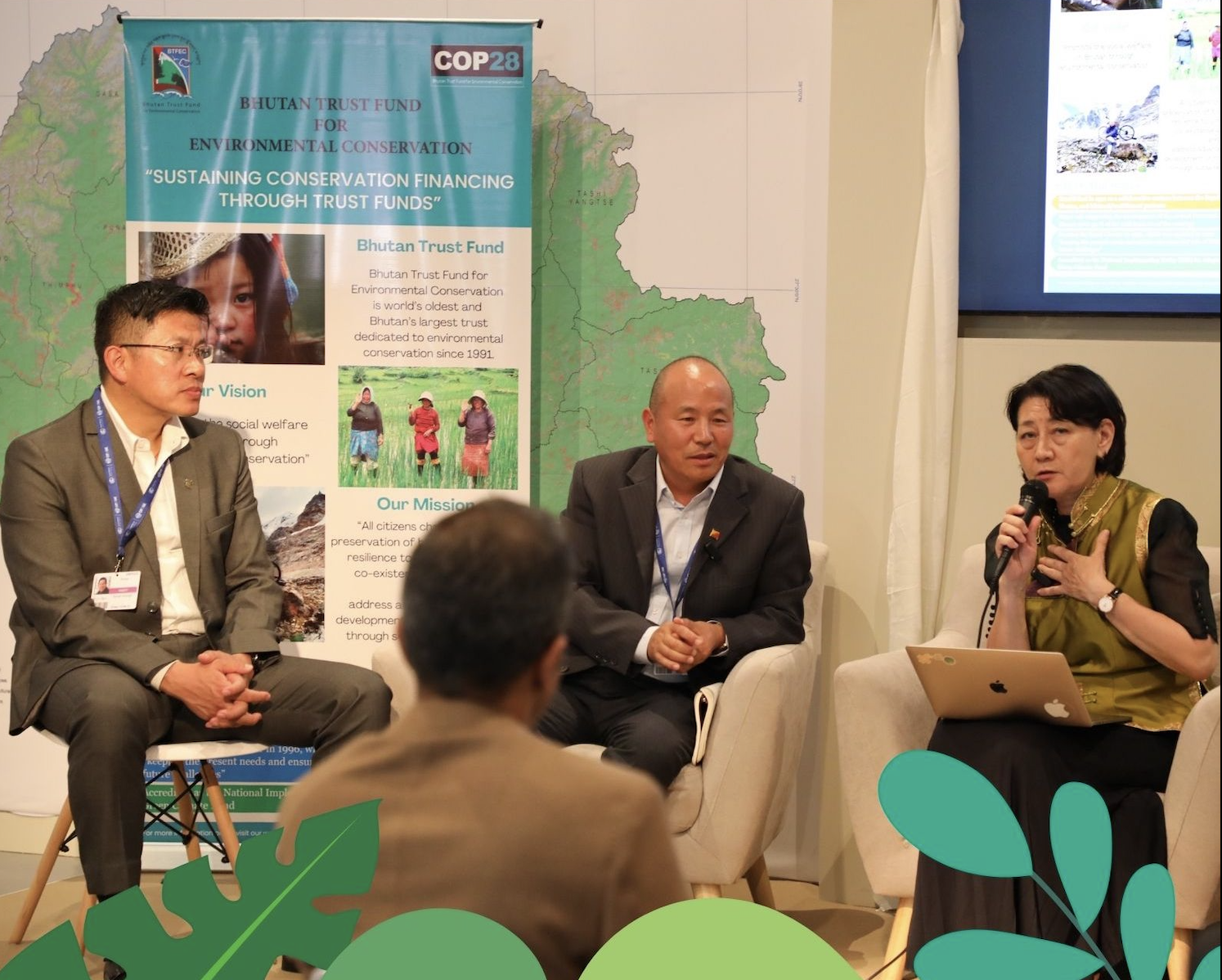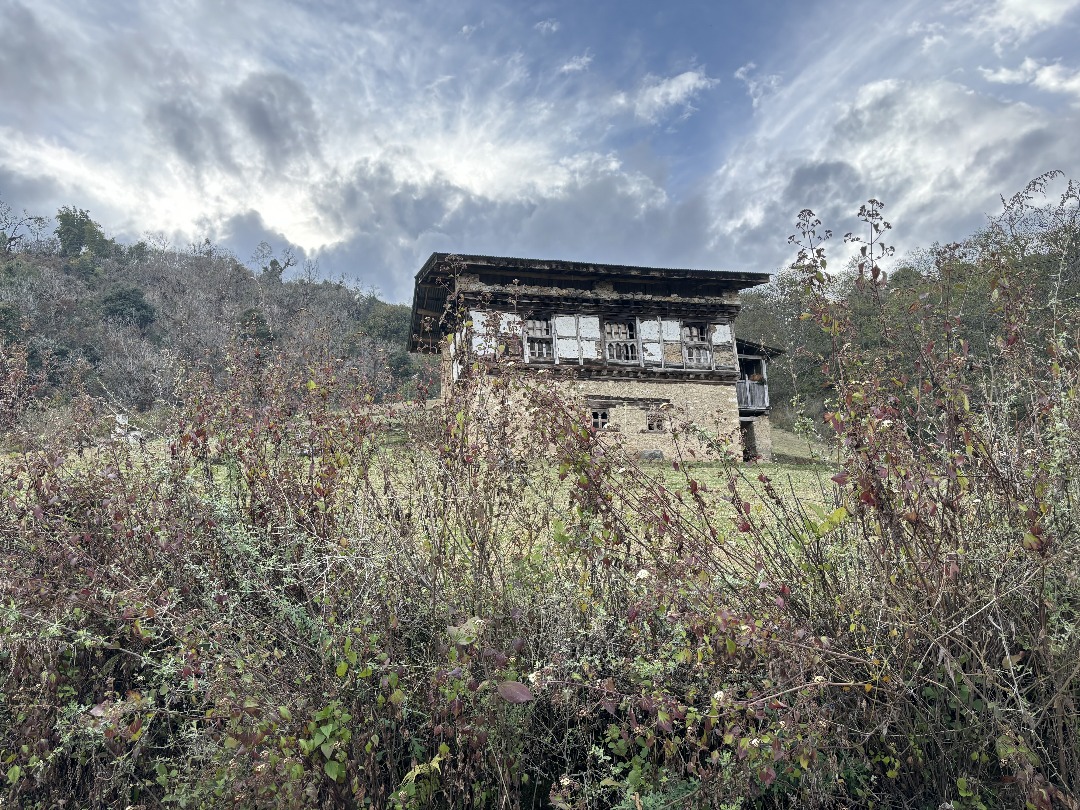
Understanding the dynamics of Satong and Gungtong in Bhutan
The project amounting to Nu. 0.400 million was implemented by the Good Governance Committee (GGC), National Council of Bhutan to have deeper understanding on the dynamics of satong and gungtong to make informed land management policies in Bhutan.
The study revealed that a growing crisis of abandoned houses and fallow lands driven by unbalanced economic development and inadequate infrastructure. It was learnt that nearly 6,000 abandoned households nationwide, concentrated heavily in eastern districts. This coincides with a 10% decrease in cultivated land between 2010 and 2019, particularly a sharp decline in wetland rice cultivation.
The report identifies key drivers as irrigation problems, human-wildlife conflict, and labor shortages, leading to significant rural-urban migration, primarily for employment, education, and better opportunities.
To address these challenges, the GGC has proposed ten recommendations, focusing on balanced regional development, incentivizing the use of fallow lands, flexible wetland policies, improved crop and livestock insurance, and enhanced support programs for farmers. The committee stresses the urgent need for balanced development to combat "gungtong" and "satong," recognizing the link between uneven socioeconomic progress and migration patterns. While acknowledging that migration cannot be stopped, the GGC emphasizes that targeted interventions, such as creating rural economic opportunities and improving infrastructure and services, can mitigate the negative consequences of rural decline.

